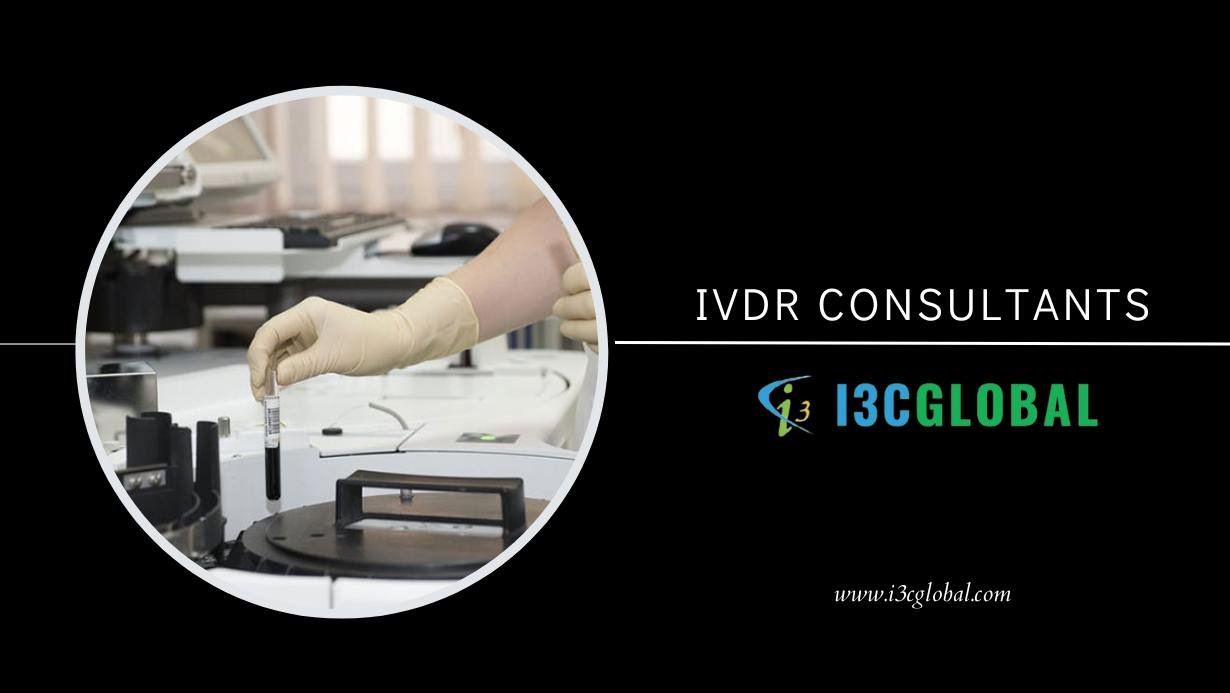Quick Contact
In-vitro Diagnostic Devices (IVDs) Vs Medical Devices?
The following are the differences between IVD and Medical Device.
|
|
IVD |
Medical Device |
|
Regulation |
EU IVDR 2017/746 |
EU IVDR 2017/745 |
|
Definition |
IVD are medical devices and accessories used in-vitro for performing tests on samples such as blood, urine, tissues taken from the human body in order to help detect infections, prevent diseases, diagnose a medical condition and so on |
Medical devices are instruments apparatus, appliance, material or other article and accessories to such items (whether used alone or in combination for its proper application) as intended by the manufacturer to be used on human beings for (a) diagnosis, prevention, monitoring, treatment or alleviation of diseases, (b) diagnosis, prevention, monitoring, treatment or compensation for injury or handicap, (c) investigation, replacement or modification of anatomical or physiological process (d) control of conception, and that does not achieve its intended purpose by means of pharmacological, immunological or metabolic means, but that may be assisted in its function by such means. |
|
Classification |
Classes A, B, C and D |
Classes I, IIa, IIb and III |
|
Examples |
Hepatitis tests, HIV tests, Coagulation test systems, Pregnancy tests, Urine test strips, Blood sugar monitoring systems for diabetes patients, etc. |
Pacemakers, MRI machine, X-ray machine, Ultrasound machines, Hip implants, Sutures, tongue depressors, bed pans, Blood glucose meters, etc. |
